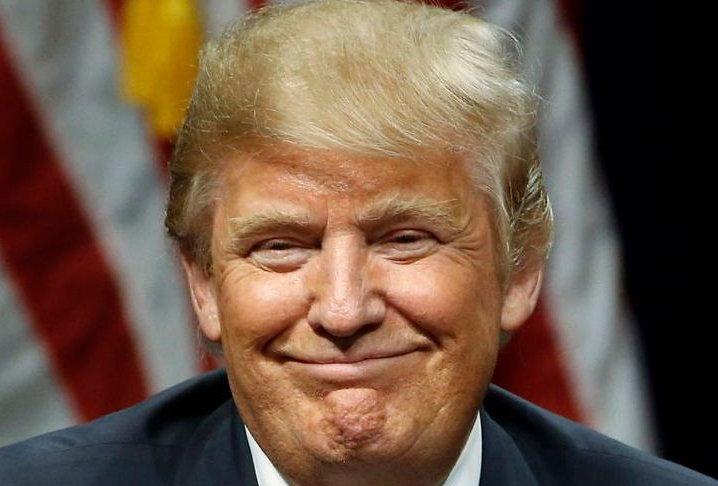First, the moon, now the sun, India has been advancing incredibly in the space department. However, that is not to say that there hasn’t been an incredible backlash against the two missions that have gone exceptionally well for them. India sent a rover to the south side of the moon, which was a giant leap for humankind, in terms of discovery of life forms, and understanding of the moon. India soon after launched another space mission, this time to the sun. Aditya-L1 is a solar observatory that will monitor the sun to enhance scientist’s understanding of it. However, questions have started to surface on the internet of how India can be paying for this whether it should be focusing on their poverty levels instead of trying to develop their aerospace technology? These questions go back to the fact that there are many stereotypes associated with India, many of which are not factual.
To start, the cost of the moon landing was only 74 million dollars. To put this in perspective, the cost of the new Barbie movie was 145 million dollars. The moon landing was almost half the cost of a blockbuster film, showing the incredible budgeting of ISRO (Indian Space Research Organization). Though it has not been specified how exactly India came to this budget (due to security reasons), it is most likely due to the small size of the aircraft and how hard the team worked to make sure that its weight did not exceed a specific limit. However, the question remains, about how these programs are useful to the large population of people who are still in poverty.
What people don’t realize is that India’s space program is helping these people. These programs create jobs, pay people’s wages, and lead to economic growth. By creating a space program, India proves that their economy is stable enough to make government-funded scientific programs to further the intelligence of the space community. It is also important to note that ISRO isn’t just making space discoveries but also helping people with agriculture, communication, and general information needed for daily life through satellites. The need for this government program is essential for the development of the country’s infrastructure and economy.
Similarly, in the US space race, led by President John F. Kennedy, there was no reason to launch their space missions except to beat the Soviet Union. However, the logic used during the time was the fact that the US had to be the best. It was also a great way to boost nationalism in the country. So why can’t this same logic be applied to India’s moon missions? Millions of Indians across the globe have rallied together to support the Indian space mission on various social media platforms, proving relentless support of the citizens. The moon missions have done nothing but help scientists work towards solving the puzzle of the universe. This is the act of unity, power, and change that will allow India to become a major powerhouse for space exploration in the future.













![[Shark Fin Soup] by [Harmon] is licensed under [CC BY-ND 2.0]](https://flhsprospect.com/wp-content/uploads/2025/04/Screenshot-2025-04-24-8.24.37-AM.png)
